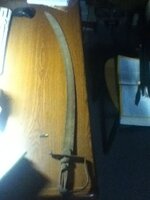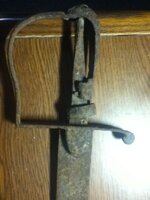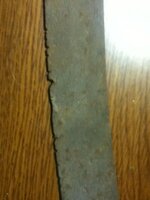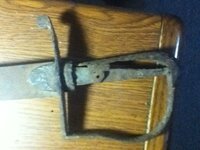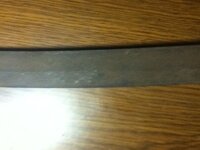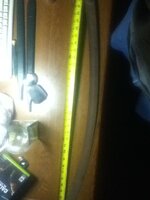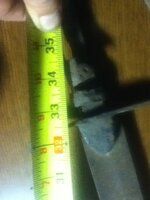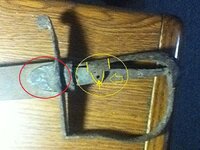confederate83
Full Member
- Feb 9, 2013
- 189
- 64
- Detector(s) used
- garrett AT pro
- Primary Interest:
- All Treasure Hunting
Recovered near Kansas city not exactly sure where it's from or when it's made no visible markings just what appears to be battle damage to the blade


